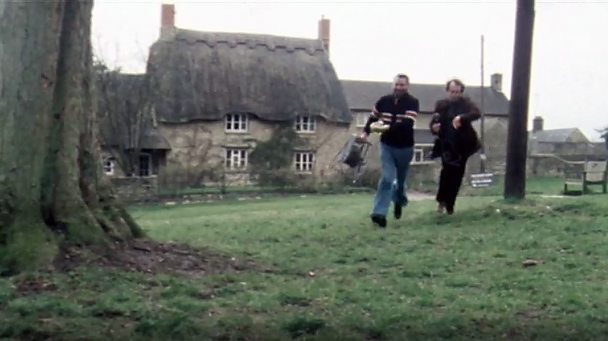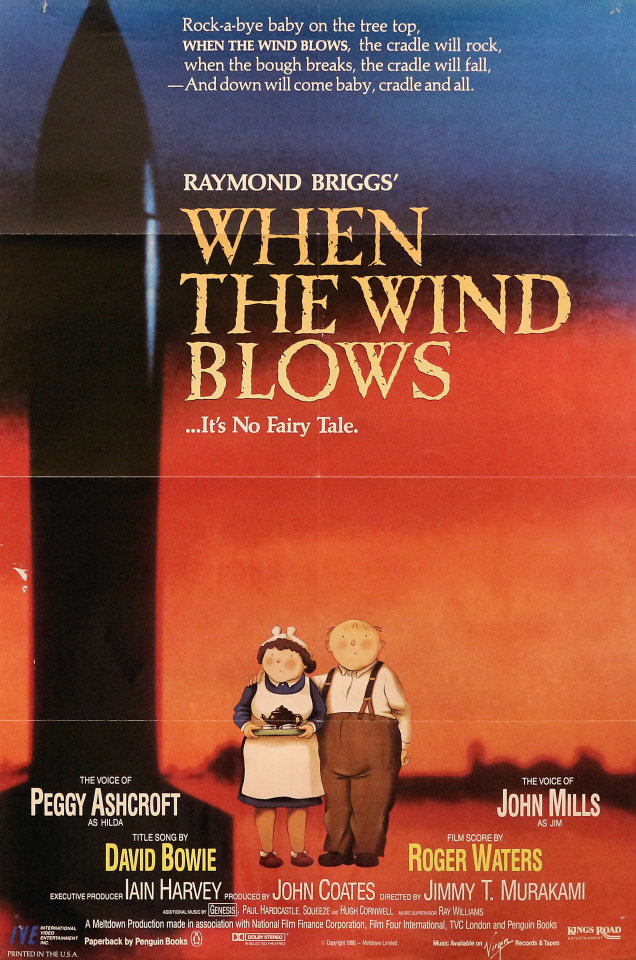




There’s nothing particularly gloomy about it. (Briggs himself was no fan of the adaptation, calling it “ corny and twee,” and complaining that it misrepresented his message that “The snowman melts, my parents died, animals die, flowers die. Though superficially upbeat and jolly, something dour and tragic lurked behind Briggs’s beguiling images: in 1980’s Gentleman Jim- the book in which the characters of working class couple Hilda and Jim Bloggs were introduced-he had already begun to transcend the divide between adult and children’s books, narrating the bittersweet misadventures of the Walter Mitty-esque daydreamer and public toilet cleaner Jim as he struggles against officialdom.īy this time a consolidated figure in the British cultural landscape, Briggs’s fame exploded after the animated television adaptation of The Snowman, directed by Dianne Jackson together with Jimmy Murakami (the latter had helmed two Roger Corman films in 1980: Humanoids from the Deep and Battle Beyond the Stars). Aired on the nascent Channel 4 in 1982 on Boxing Day-traditionally a time for British families, exhausted by Christmas overconsumption of food and alcohol, to slump together helplessly in front of the television-and birthing the enormously popular song “ Walking in the Air,” The Snowman was a huge success, thanks in part to its smoothing of the corners of the comic’s rather less sentimental tone and its cheering conclusion. Maker and Year: Raymond Briggs, Penguin Books, 1982Īs the nuclear crisis between the Western powers and the Eastern Bloc deepened, and the Bulletin of the Atomic Scientists ‘ Doomsday Clock stood at four minutes to midnight, perplexed children across Great Britain were treated to the release of When the Wind Blows, a graphic novel by British artist Raymond Briggs that narrated the aftermath of a nuclear attack from the perspective of the Bloggses, a working-class couple who have recently retired to the country.īriggs was a much-loved author of comic books and had previously released a string of highly successful graphic novels, all executed in his idiosyncratic, scratchy style, including Father Christmas (1973), Fungus the Bogeyman (1977), and The Snowman (1978).


 0 kommentar(er)
0 kommentar(er)
